11 Bugs That Look Like Mosquitoes But Arent (With Pictures)
Summer’s warmth brings with it the joys of outdoor activities, but also the pesky presence of mosquitoes. These biting insects can ruin a perfect day and even pose health risks by transmitting diseases like Zika virus. To stay safe and avoid the annoyance of mosquito bites, it’s essential to be able to distinguish them from other flying pests that resemble mosquitoes.
In this article, we’ll delve into 11 bugs that share similar characteristics with mosquitoes and provide guidance on how to identify and get rid of each one. The list includes chiggers, crane flies, dance flies, Dixid Midges, fleas, fungus gnats, mayflies, midges, owl midges, tadpoles, and wood gnats. By the end of this read, you’ll be equipped with the knowledge to confidently distinguish mosquitoes from their lookalikes and take steps to keep them at bay.
Chiggers.
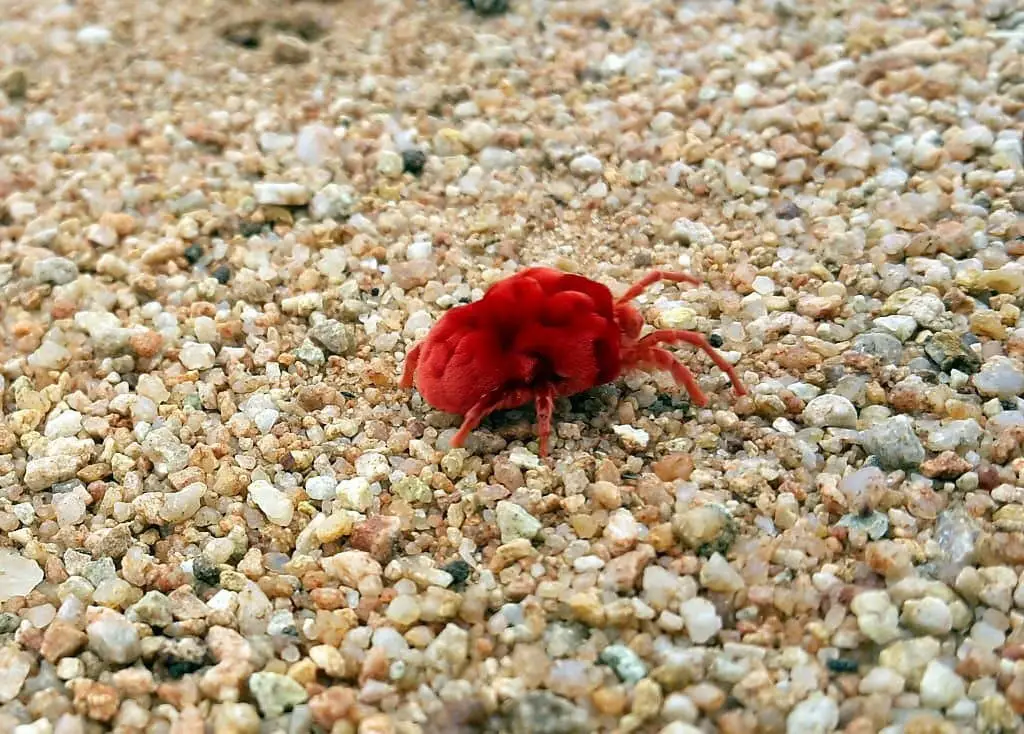
While often mistaken for mosquitoes, chiggers are actually a distinct species of tiny red bugs. Typically found in wooded or grassy environments, these pesky insects have a penchant for biting humans. The resulting bites can be excruciatingly itchy, with some cases leading to the development of a rash. Furthermore, chiggers have been known to transmit diseases such as typhus and Rocky Mountain spotted fever, making them a significant concern for anyone venturing into their natural habitats.
Chiggers vs mosquitoes
Chiggers are tiny, blood-feeding insects that thrive in tall grass and vegetation. Belonging to the same arachnid family as spiders and mites, they can cause intense itching with their bites. In contrast, mosquitoes are flying insects that feed on animal and human blood, leading to itchy, red bumps on the skin. While both pests can be a nuisance, chiggers don’t transmit diseases like West Nile virus and malaria, which mosquito bites can carry.
If you’re bitten by a mosquito, it’s crucial to clean the wound and apply a topical antibiotic to prevent infection. For chigger bites, cleaning the area and applying a topical insecticide can help alleviate itching. Due to their small size, chiggers can be challenging to spot; thus, inspecting your skin thoroughly after spending time outdoors is essential. If you suspect a chigger bite, consult a doctor for proper guidance.
How to get rid of chiggers
To eliminate chiggers, there are several effective methods to consider. One approach is to utilize insecticides like DEET, which instantly kills the tiny insects on contact. Alternatively, you can employ repellents such as permethrin, designed to deter chiggers from biting in the first place. Another strategy involves wearing clothing that provides adequate coverage of your skin, thereby preventing chiggers from coming into direct contact with your skin.
Additionally, treating areas where chiggers are likely to be present with an insecticide like permethrin can also prove effective in killing any existing chigger populations.
Crane flies.
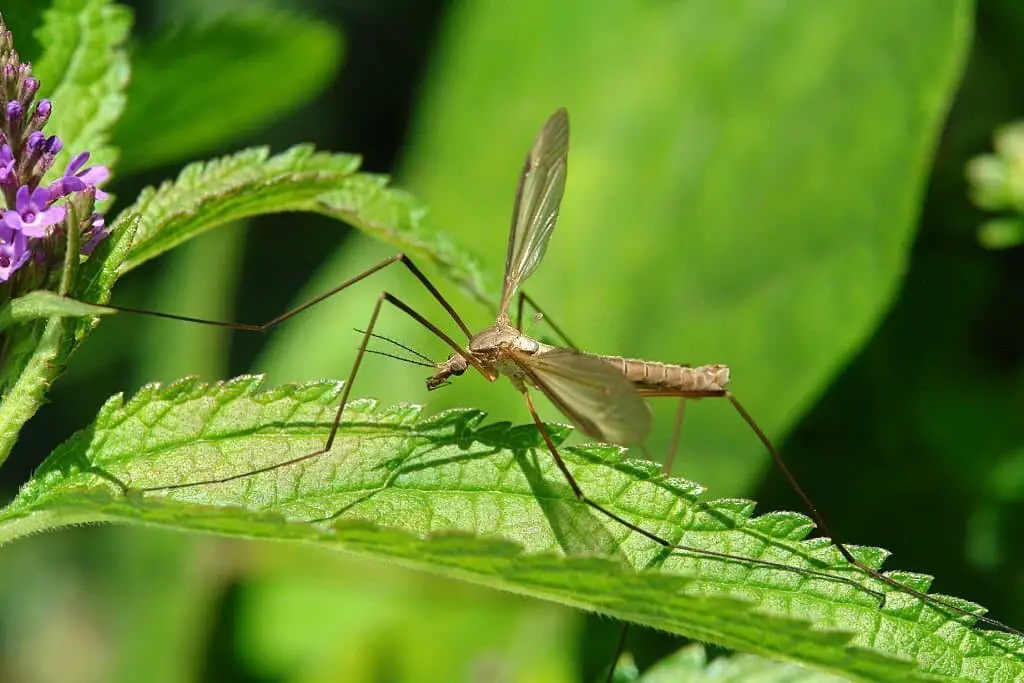
While crane flies may not pose a threat to humans, their resemblance to mosquitoes is undeniable. Characterized by their elongated legs and slender physique, these insects are often found congregating near bodies of water such as ponds, lakes, and streams, where they can thrive in the humid environments that surround them.
Crane flies vs mosquitoes
When it comes to distinguishing between mosquitoes and other bugs that resemble them, two common culprits are crane flies and hoverflies. To accurately identify these insects, consider the following key characteristics: Firstly, crane flies boast a slender physique with expansive wings, unlike mosquitoes which have shorter, more compact wings. Additionally, crane flies tend to fly at a slower pace compared to their mosquito counterparts.
Meanwhile, hoverflies are easily recognizable due to their hovering abilities in mid-air, a trait that mosquitoes lack. Furthermore, hoverflies typically exhibit a sturdier body shape and darker coloration than mosquitoes.
How to get rid of crane flies
To eliminate crane fly infestations in your home, you’ll want to employ a combination of methods. One effective approach is to utilize a vacuum cleaner to capture the insects. Additionally, swatting and insect spray can be used to repel or kill the crane flies. If the problem persists, it may be necessary to combine multiple approaches to effectively eradicate the issue.
Dance Flies.
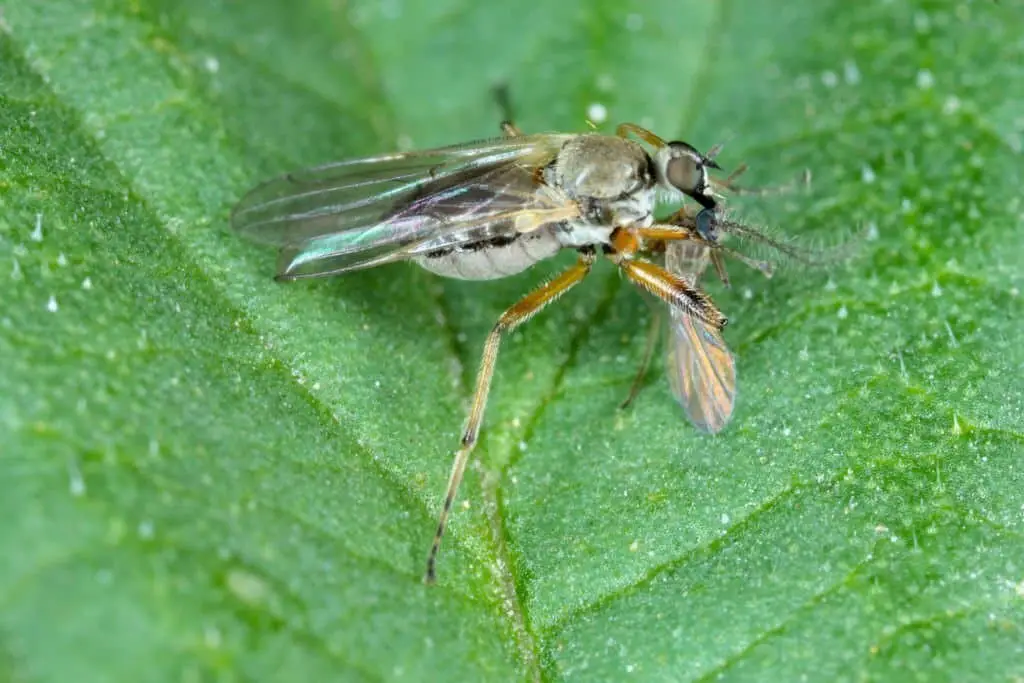
While some might confuse them with mosquitoes due to their similar appearance, dance flies are a distinct species that doesn’t pose a threat to humans or animals. These small, black insects are drawn to light sources like windows or porchlights, where they can be seen flitting about in search of sustenance. Unlike their mosquito counterparts, dance flies don’t bite – instead, they feed on nectar and other insects.
Dance flies vs mosquitoes
Dance flies, also known as fungus gnats, are tiny black insects that bear a striking resemblance to mosquitoes. While they may resemble each other in appearance, these two species exhibit distinct characteristics. Unlike mosquitoes, which can transmit diseases like malaria, West Nile virus, and Zika virus, dance flies pose no health risk to humans. To accurately identify the insect pestering you, look for its proboscis – or lack thereof.
Mosquitoes are characterized by their long, thin proboscis, used to feed on blood, whereas dance flies do not possess a proboscis at all.
How to get rid of dance flies
Getting rid of dance flies requires a combination of effective methods and careful execution. One approach is to utilize insecticides, which can be found in various forms – sprays, powders, and gels – at most stores. When employing an insecticide, it’s crucial to thoroughly read the instructions and adhere to them without fail. An alternative method is to wield a fly swatter, a relatively inexpensive and widely available tool.
To maximize its effectiveness, be sure to swing it swiftly and accurately. A third option is to deploy a fly trap, which comes in electric and non-electric varieties and can also be found at most stores. As with the other methods, it’s essential to carefully read and follow the instructions for optimal results.
Dixid Midges.
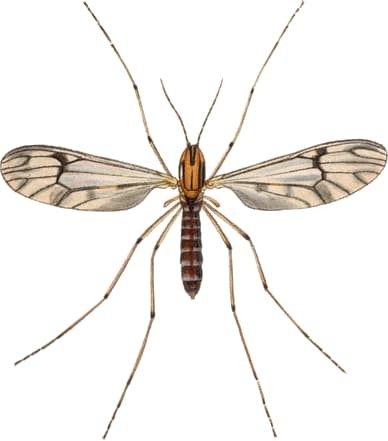
While superficially resembling mosquitoes, these diminutive, dark insects pose no threat to humans. In fact, they’re completely innocuous, and their presence is ubiquitous across the United States, with sightings reported in various regions.
Dixid Midges vs mosquitoes
While it’s easy to confuse mosquitoes with other flying insects like Dixid Midges, there are some distinct differences to look out for. One of the most noticeable distinctions is the length of their legs – mosquitoes tend to have longer legs than their midge counterparts. Another key difference lies in the shape of their wings: mosquitoes have a characteristic ‘Y’ shape, whereas Dixid Midges’ wings are more symmetrical. Additionally, mosquitoes often outweigh Dixid Midges in terms of size.
Furthermore, mosquitoes are known for producing a loud buzzing sound, which is typically absent in midges.
How to get rid of Dixid Midges
When it comes to eliminating Dixid Midges, there are several effective strategies you can employ. One approach is to utilize an insecticide, which can be a reliable method for killing these pesky bugs. However, it’s crucial to exercise caution when using such products, as they may also harm other insects. Insecticides like pyrethrins, malathion, and carbaryl are common examples of this type. Another tactic is to identify and eliminate their breeding grounds.
This can be achieved by removing any sources of standing water, thereby preventing the mosquitoes from reproducing. Lastly, you can employ a repellent to deter these midges from approaching you in the first place. DEET, picaridin, and oil of lemon eucalyptus are all common types of repellents that can be effective in keeping these bugs at bay. As with any product, it’s essential to carefully follow the instructions on the label to ensure safe use.
Fleas.
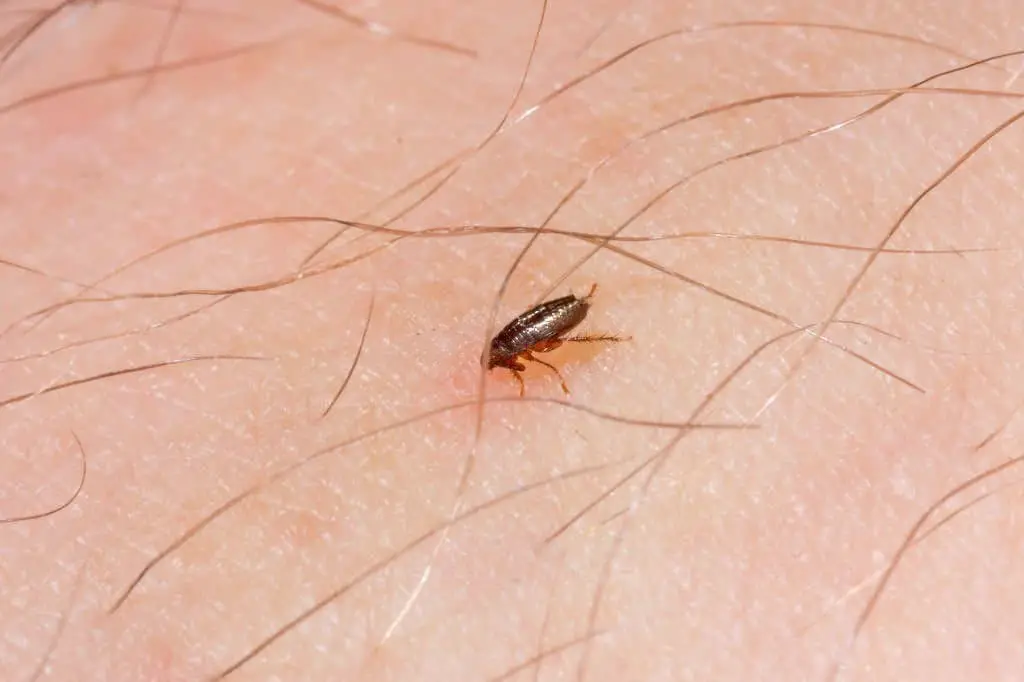
When it comes to unwanted pests, few are as annoying as mosquitoes and fleas. While they may seem like one and the same at first glance, these tiny critters have some key differences that are crucial to identify. Mosquitoes and fleas may share a similar size and even appearance, but their habits, habitats, and behaviors are distinct enough to set them apart.
Fleas vs mosquitoes:
While both fleas and mosquitoes are bloodsucking pests, there are distinct differences between these two insects. Fleas are significantly smaller than mosquitoes, with a more compact body shape that lacks their elongated features. In terms of mobility, mosquitoes have the ability to fly, whereas fleas are limited to jumping. Mosquitoes also pose a greater threat to human health due to their role in transmitting diseases like malaria, dengue fever, and West Nile virus.
While fleas can transmit disease too, their impact is relatively minimal compared to mosquitoes. When trying to determine whether you’re dealing with a flea or mosquito issue, size is often the key factor. If you’re encountering tiny insects resembling flies, it’s likely a flea problem. Conversely, larger insects exhibiting more pronounced mosquito-like characteristics suggest a mosquito infestation.
Both types of pests can be challenging to eradicate, but swift action can help mitigate their negative effects.
How to get rid of fleas
While fleas may be small, they can cause significant discomfort for both pets and humans. The pesky insects can lead to skin issues and prove challenging to eliminate. Fortunately, there are several strategies you can employ to get rid of them. Firstly, using a flea comb is an effective way to physically remove the unwanted critters from your pet’s coat. Alternatively, you can turn to products like flea collars or drops that target the insects directly.
For a more comprehensive approach, consider utilizing a flea spray to tackle the problem head-on. Additionally, regular vacuuming of your home and furniture can help eliminate any lingering eggs or larvae, ensuring a flea-free environment.
Fungus Gnats.
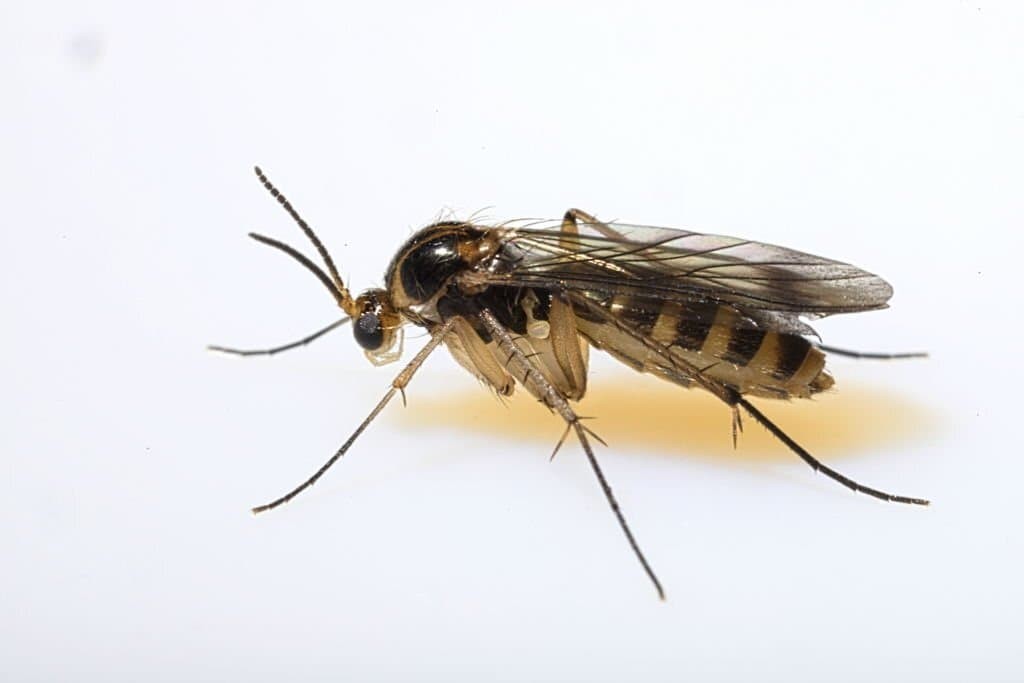
While fungus gnats may resemble mosquitoes at first glance, they don’t pose a threat through biting or stinging. However, their sheer numbers and tendency to congregate around eyes and nostrils can prove annoying. These tiny insects have a penchant for humid environments, which is why you’re likely to encounter them near houseplants and flowers. Furthermore, they can also be a nuisance in the kitchen, where they may infest foodstuffs and contaminate surfaces.
Fungus gnats vs mosquitoes
While fungus gnats may resemble mosquitoes at first glance, they are distinct insects with different characteristics. Fungus gnats are small black bugs that can be found flying around kitchens and bathrooms. In contrast, mosquitoes are not only larger but also pose a significant threat to human health as vectors for diseases such as Zika virus, malaria, and West Nile virus.
The size difference is notable too, with mosquitoes measuring roughly the same size as a ladybug, whereas fungus gnats are comparable in size to mosquitoes.
How to get rid of fungus gnats
Fungus gnats are a persistent nuisance for many gardeners. Their rapid reproduction makes it challenging to eradicate them entirely. To tackle this issue effectively, consider employing insecticides specifically designed for controlling gnat populations. Alternatively, traps can be an effective means of capturing these pests. When selecting a trap, ensure it is crafted with fungus gnats in mind.
In addition to these methods, maintaining a tidy and debris-free garden can go a long way in preventing gnat infestations. Regularly remove any dead plants or leaves from the garden, as fungus gnats thrive in moist environments. By keeping your garden clean and well-maintained, you can discourage these pests from taking up residence and reduce the likelihood of encountering problems with them.
Mayflies.
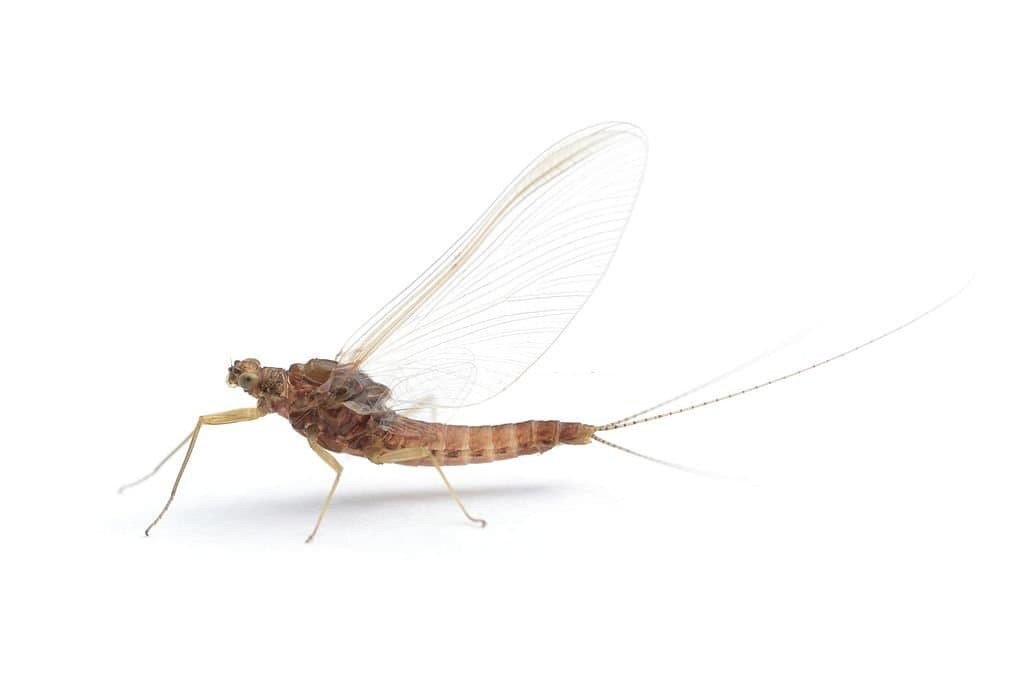
Mayflies are easily mistaken for mosquitoes due to their physical resemblance. These insects are commonly found near bodies of water, characterized by two large wings that stretch the length of their elongated body. One of the most striking aspects of mayflies is their fleeting nature – they typically have a lifespan of just a day or two. As a result, sightings of mayflies are often limited to areas where they can be found near water sources.
If you do encounter a mayfly, it’s relatively simple to distinguish it from a mosquito by its slender body and lack of biting behavior. In fact, mayflies don’t possess the capacity to bite humans.
Mayflies vs mosquitoes
Both mayflies and mosquitoes inhabit areas near water, but their impact on humans differs significantly. While mayflies can be a nuisance due to their sheer numbers and tendency to get into one’s hair and eyes, mosquitoes pose a more serious threat by transmitting diseases such as malaria, dengue fever, and West Nile virus.
Mayflies exhibit a unique life cycle, living for mere days, whereas mosquitoes can survive for several weeks.
The two insects also have distinct attractants; mayflies are drawn to light, whereas mosquitoes are attracted to carbon dioxide and heat. Furthermore, mayflies possess only two wings, compared to the four wings found in mosquitoes. In terms of size, mayflies tend to be smaller than their mosquito counterparts.
How to get rid of mayflies
Mayflies, while a common pest, can be eliminated with the right approach. If you’re not keen on chemical solutions, there are natural methods that prove effective. For instance, a simple bucket of water poured over the swarm or bridge where they gather can disperse them into the water, ultimately leading to their demise. Another eco-friendly tactic involves using a fan to blow them away from the area.
Alternatively, you can utilize light sources to lure them towards a specific location and then employ an insecticide to dispose of them.
Midges.
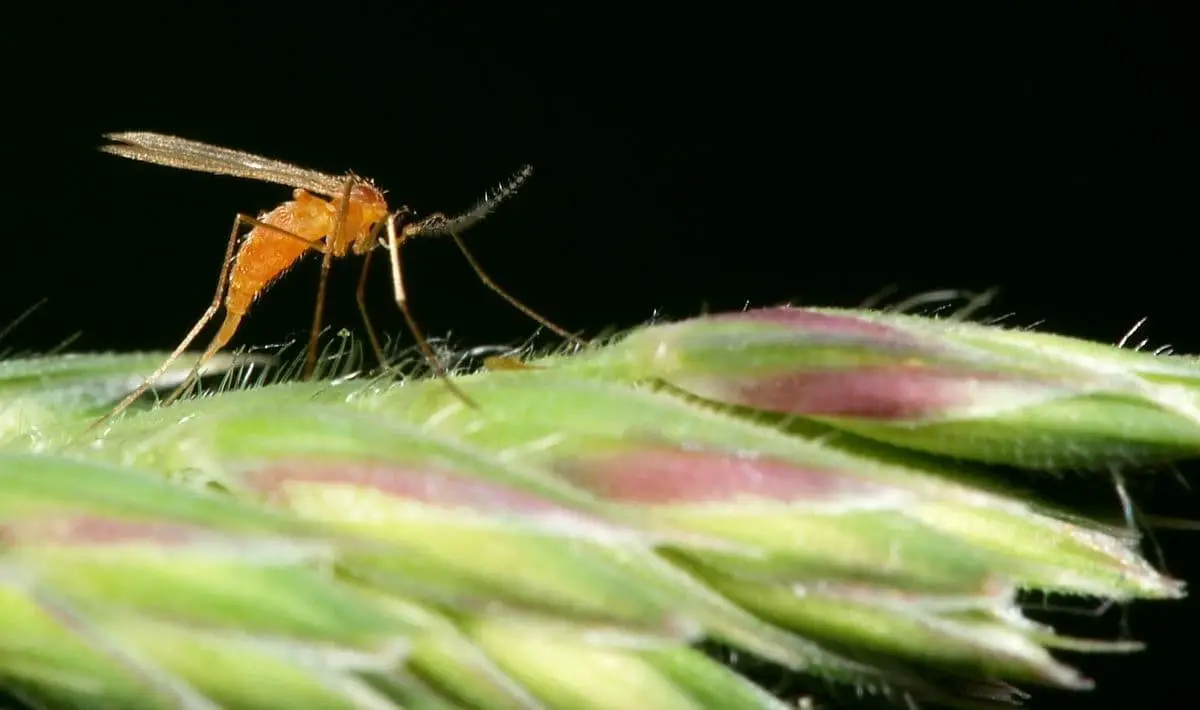
While resembling mosquitoes in appearance, midges are harmless insects that tend to congregate in massive swarms, often causing more annoyance than harm. Typically, they appear during the late summer and early fall seasons.
Midges vs mosquitoes
Despite their tiny size, both midges and mosquitoes are distinct species with unique characteristics. Mosquitoes belong to the Culicidae family and are recognized by their lengthy legs and proboscis, which they use to feast on blood from their prey. In contrast, midges are a type of gnat within the Chironomidae family, distinguished by their minuscule size and lack of wings. The two insects can be easily confused due to shared tendencies towards light attraction and proximity to water sources.
Furthermore, both midges and mosquitoes can induce a biting sensation when making contact with human skin. Despite these similarities, there are several key differences that set the two apart. For instance, mosquitoes tend to be larger than midges. Additionally, while mosquitoes sport wings, midges do not. Mosquitoes also produce a high-pitched whine as they fly, whereas midges remain silent in flight. Finally, mosquitoes primarily feed on blood, whereas midges prefer plant nectar.
How to get rid of mayflies
To effectively eliminate mayflies from your home, you can employ a combination of manual and chemical methods. For starters, you can use a flyswatter or vacuum cleaner to physically dispose of them. Alternatively, you can opt for insecticides that have been proven effective against these pesky insects. Pyrethrins, malathion, and carbaryl are some examples of insecticides that can help control mayfly populations.
However, it’s crucial to read the label and follow the instructions carefully when using any type of insecticide.
Owl Midges.
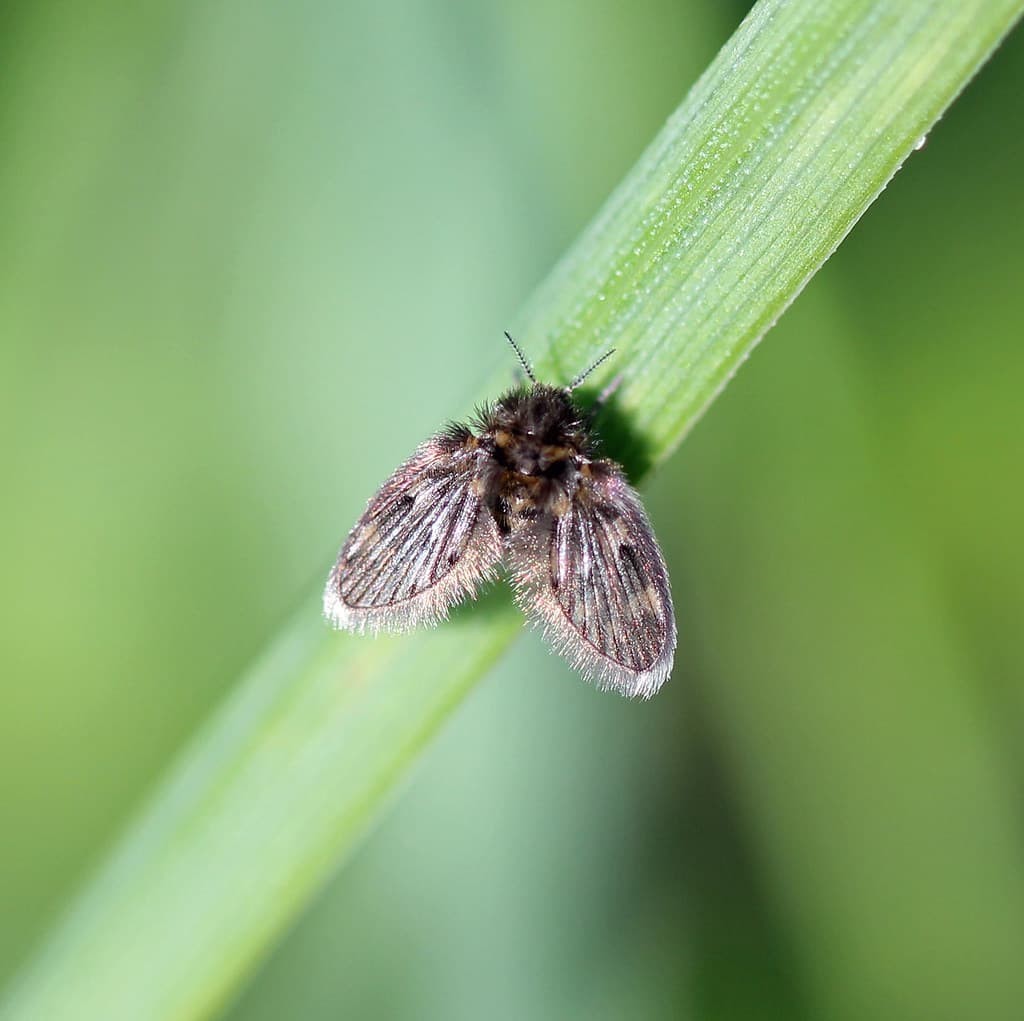
Tiny fish like these are a double-edged sword – they’re an absolute blast to target with a fly rod, but can also be downright infuriating at times. Measuring in at roughly the size of a small mosquito, these feisty little creatures have a knack for hovering mere inches from your face, making them notoriously difficult to spot. When you do finally catch a glimpse of one, however, they’re surprisingly easy prey for even the most novice anglers.
Owl midges vs mosquitoes
While most people associate the term ‘mosquito’ with biting insects that spread diseases, there’s another type of fly that shares some similarities – owl midges. These tiny, mosquito-like flies are actually part of the same family as mosquitoes, but unlike their more infamous cousins, they don’t bite humans or animals. Instead, owl midges tend to congregate near bodies of water, where they lay their eggs.
In contrast, mosquitoes are notorious for spreading diseases like malaria, dengue fever, and West Nile virus, making them a significant health concern. Beyond the threat of disease transmission, mosquitoes can also be a nuisance due to their tendency to swarm around people and animals, making them a constant presence in many outdoor settings.
How to get rid of owl midges
To effectively eliminate owl midges, consider the following strategies: Firstly, utilize insecticides specifically designed for this type of pest. Secondly, ensure that all areas of your home are free from standing water, as this can be a breeding ground for these insects. Additionally, thoroughly inspect your dwelling and seal any cracks or holes to prevent them from entering. Lastly, keep your food and trash cans securely covered to minimize their attraction to potential sources of sustenance.
Tadpoles.
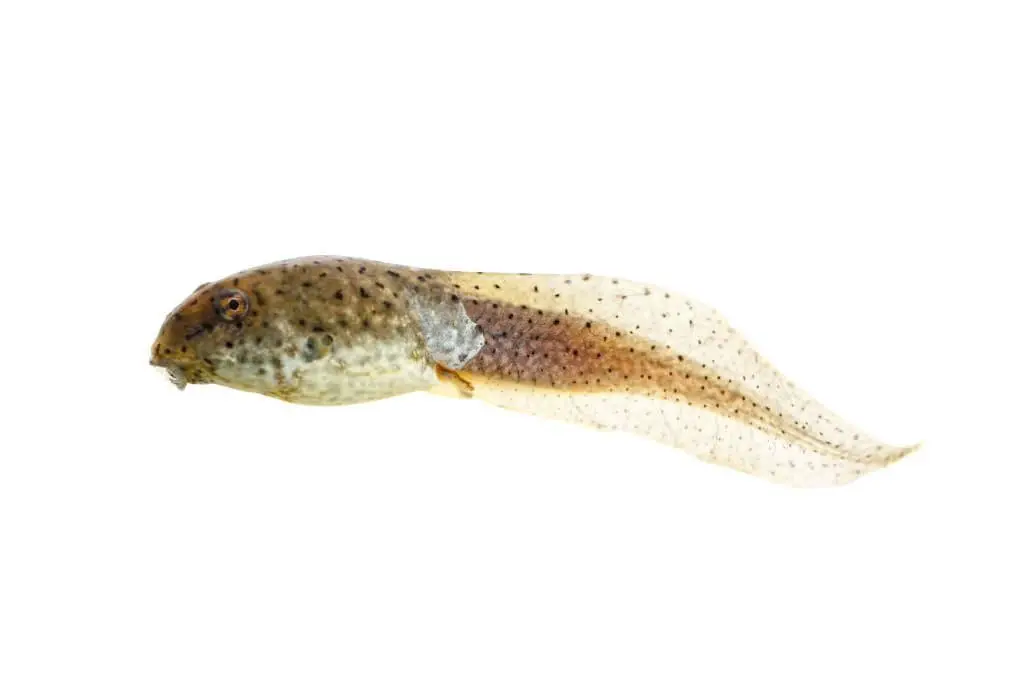
At the heart of a frog’s life cycle are tadpoles, a critical stage that sets the foundation for their future development. Beginning as eggs, tadpoles undergo metamorphosis to emerge as aquatic dwellers, feeding on algae and insects. This transformative process is triggered by frogs laying their eggs in water, from which the tadpoles hatch. As they grow, tadpoles eventually shed their aquatic identity to become amphibians that can thrive in both water and on land.
Tadpoles vs mosquitoes
Despite sharing a watery habitat, tadpoles and mosquitoes exhibit stark contrasts. While mosquitoes are diminutive, slender, and winged, allowing them to take to the skies, tadpoles are larger, rounded, and wingless, confining them to aquatic environments. Notably, mosquitoes belong to the fly family and can be quite pesky, often congregating around windows drawn to light. In contrast, tadpoles are a developmental stage of frogs, ultimately evolving into their adult forms.
Mosquitoes, unfortunately, are vectors for diseases such as malaria, Zika virus, and West Nile virus, posing significant public health concerns. Tadpoles, on the other hand, do not pose any disease transmission risks. While mosquitoes can be a nuisance, they play a vital ecological role. Conversely, tadpoles can compete with native species for resources, rendering them unnecessary for ecosystem balance.
Interestingly, mosquitoes require aquatic environments to lay their eggs, whereas tadpoles do not rely on water for this purpose.
How to get rid of tadpoles
To effectively eliminate tadpoles from your yard or property, consider the following methods: One approach is to use a net to scoop up the tadpoles and release them into a body of water at a distance from your home. This method ensures their relocation and prevents further infestation. Alternatively, you can employ more drastic measures such as pouring boiling water over the tadpoles, which will ultimately result in their demise.
Another option is to utilize insecticides specifically designed for tadpole control. However, it’s crucial to exercise caution when using these chemicals, as they may have unintended consequences on other organisms and the environment. If you prefer a more humane approach, you can place a bucket or container over the tadpoles and then slowly pour water into it, effectively drowning them.
For a more comprehensive solution, consider constructing a trench around your property and filling it with water. This barrier will prevent the tadpoles from escaping and re-entering your yard.
Wood Gnats.
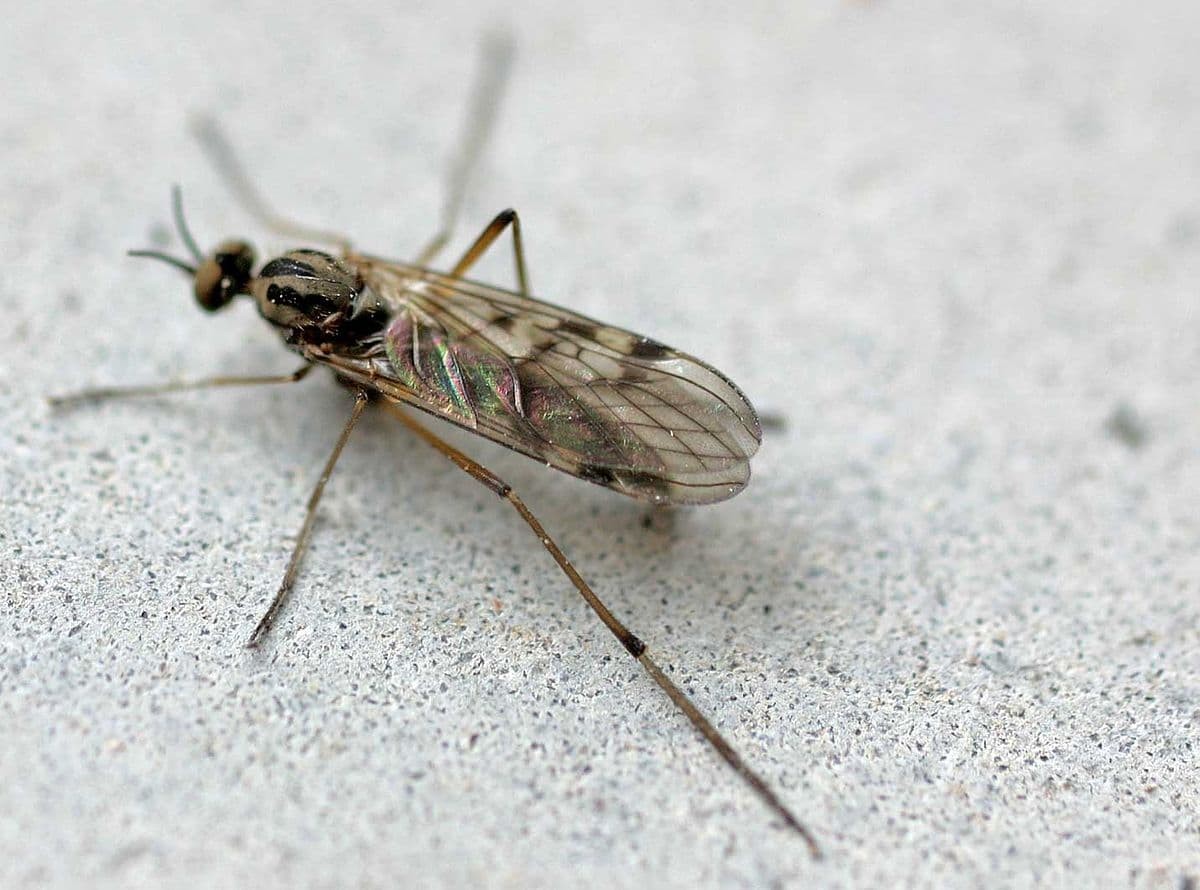
While often mistaken for mosquitoes due to their minuscule size, wood gnats are a distinct species that thrive in areas with abundant light sources. This nocturnal tendency means they may become more apparent at night, when artificial illumination draws them in. Although these tiny insects don’t bite, they can still exacerbate existing allergy issues. Fortunately, eliminating wood gnats is relatively straightforward, requiring only a simple trap to capture and remove them from the environment.
Wood gnats vs mosquitoes
While mosquitoes are often mistaken for other bugs, there are several key differences that set them apart from their lookalikes. For instance, wood gnats and fruit flies – two of the most common culprits – can be identified by their distinct physical characteristics. Wood gnats, which are smaller than mosquitoes, have a black body with long, thin wings, while fruit flies are small with a yellow or red body and clear wings.
Mosquitoes themselves can be distinguished from other bugs by their lengthy antennae and the pattern of veins on their wings. When it comes to habits, mosquitoes are drawn to light sources, making them more likely to congregate near windows or doorways. In contrast, wood gnats and fruit flies aren’t attracted to light, instead preferring to flit about plants or kitchen areas.
Conclusion
When it comes to distinguishing between various types of bugs that resemble mosquitoes, it’s crucial to recognize the harmless ones from those that pose a threat. By being able to identify the difference, you can take the necessary steps to address any potential issues. If you’re unsure about the type of bug you’re dealing with, consulting a professional for guidance is often the best course of action.






